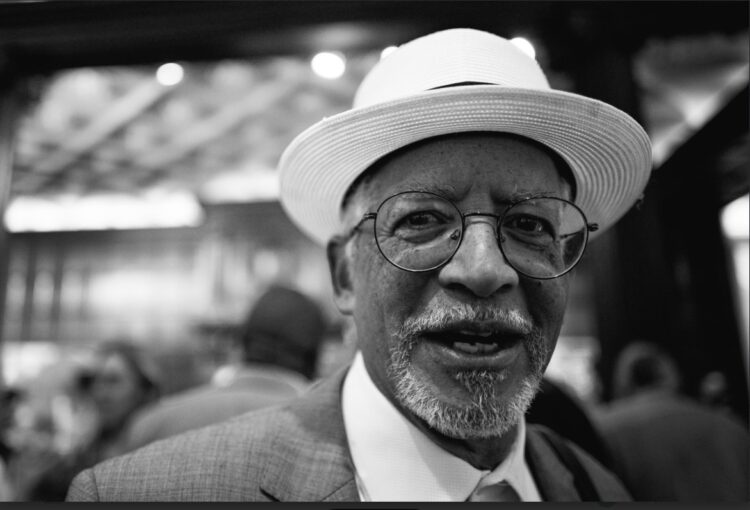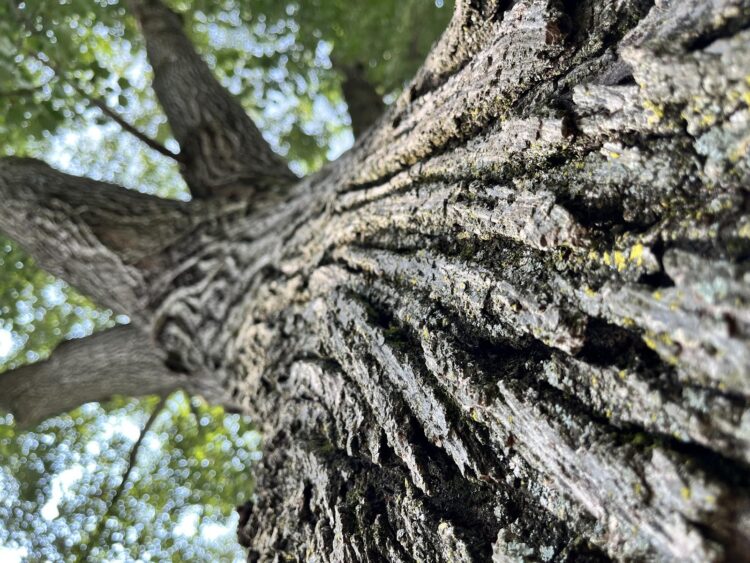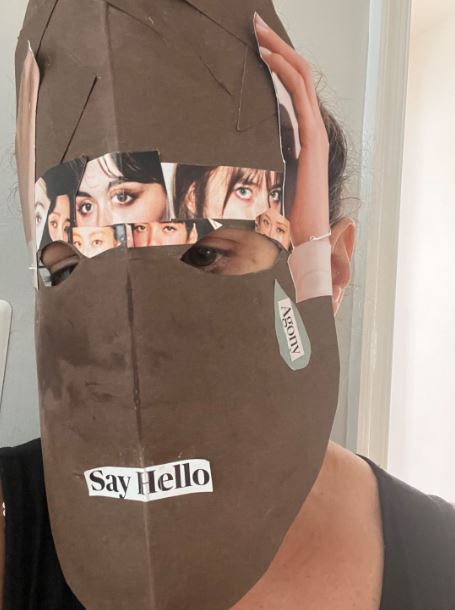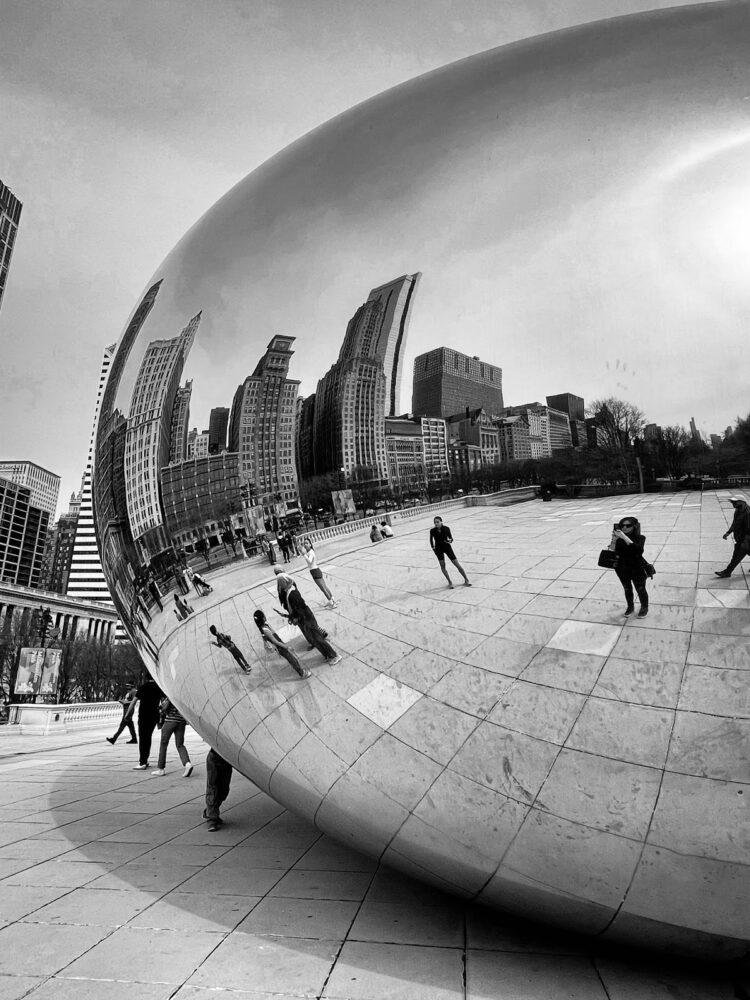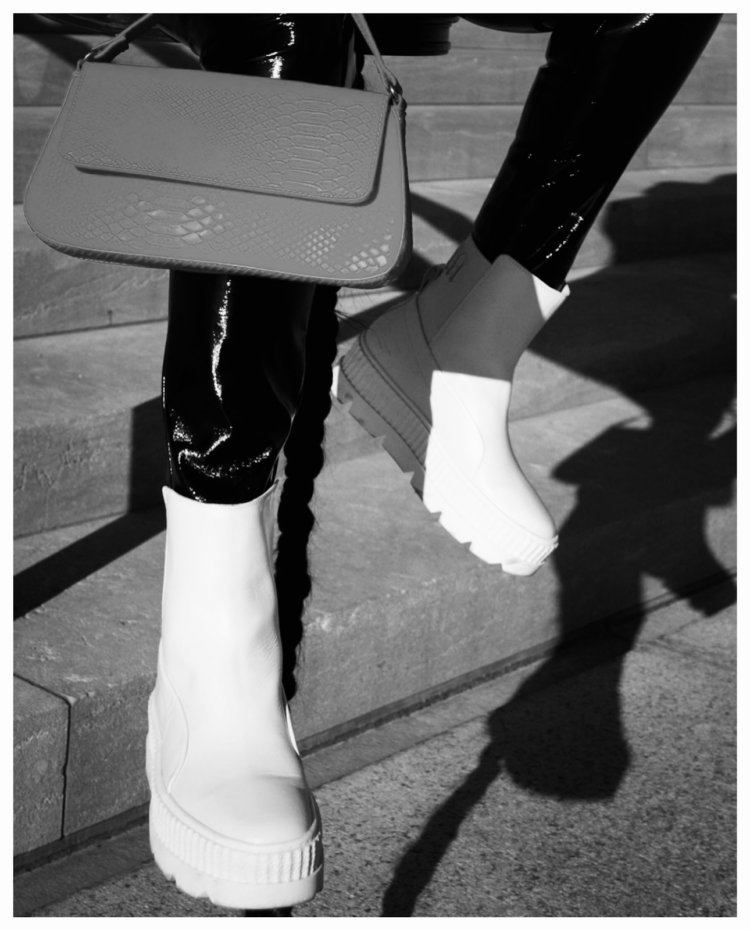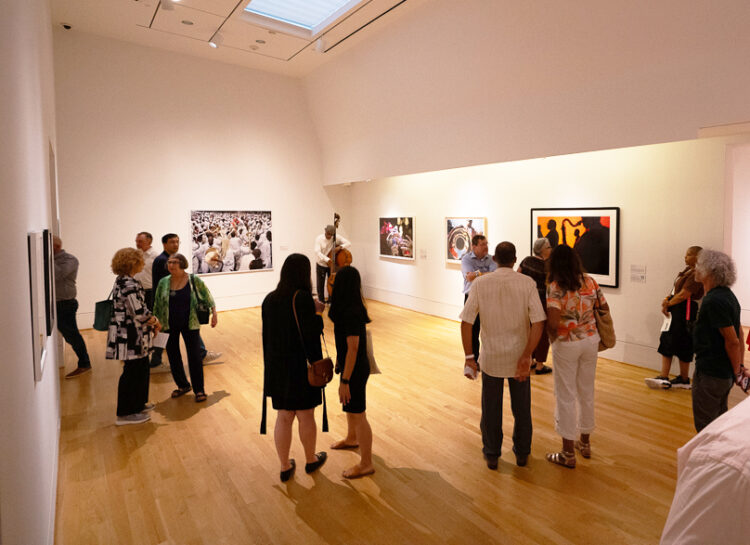Library and Archives Detail Megan Sommerfeld on a favorite find in the Phillips’s archives.
During my Library & Archive Detail I focused on processing the Research Office’s documents on the artists whose work is represented in The Phillips Collection. The goal of Archival Processing is to improve both the physical and intellectual access to information. To achieve such improvements many steps must be taken such as surveying, arranging, describing, and preserving materials with archival safe storage materials. One aspect I love about processing is that it is so hands-on. In order to properly process archival materials, one must go through the file thoroughly to ensure all materials contained are housed safely. While processing the file of artist Stokely Webster, I came across a very special find: A sketch by Mr. Webster, created in 1994 when he visited The Phillips Collection. Mr. Webster graciously left the sketch with the Director’s Office after his visit. The sketch depicts Richard Diebenkorn’s Girl with Plant (1960). Currently, Richard Diebenkorn’s Girl with Plant is on display; you can pay it a visit on the second floor of the Goh Annex.
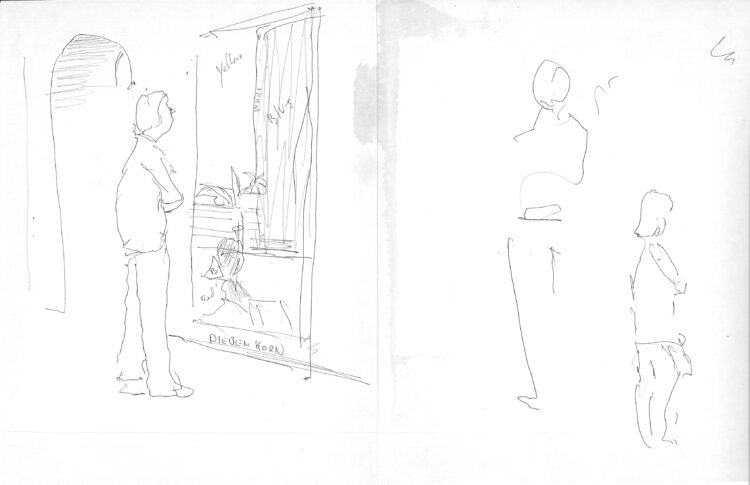
Sketch by Stokely Webster at The Phillips Collection in 1994
Regarding sketches, Stokely Webster once stated, “If your observations in making this ‘sketch’ have been keen and sensitive, the very fact that they were done quickly and without hesitation may make them more telling than a version of the subject done later from the sketch in the studio.”[1] Looking at Webster’s sketch it is clear he completed the sketch quickly and without hesitation. What stands out in most detail is the figure in front of Diebenkorn’s Girl with Plant; Webster emphasizes the figure’s side profile and stance in relation to the painting and the doorway of the gallery. I personally wonder what sparked Webster’s interest to capture this moment. I found it fascinating how he labeled different areas of his sketch “red” and “yellow” to recall which colors were used by Diebenkorn. In the end, Webster was far less concerned with technique and instead focused on, “Finding for himself a simple way to get what he sees transferred to the Canvas.”[2]
Now, I invite you all to visit The Phillips Collection with your sketchbook and pencil and sketch what inspires you during your visit, just like Stokely Webster did during his visit in 1994.
P.S. If you’re interested in learning more about Stokely Webster or other artists with work represented at the Phillips Collection, please email archives@phillipscollection.org to make an appointment.
[1] Stokely Webster, Stokely Webster and His Paris, New York, London, and Venice, 2001.
[2] Webster, Stokely Webster and His Paris, New York, London, and Venice.

